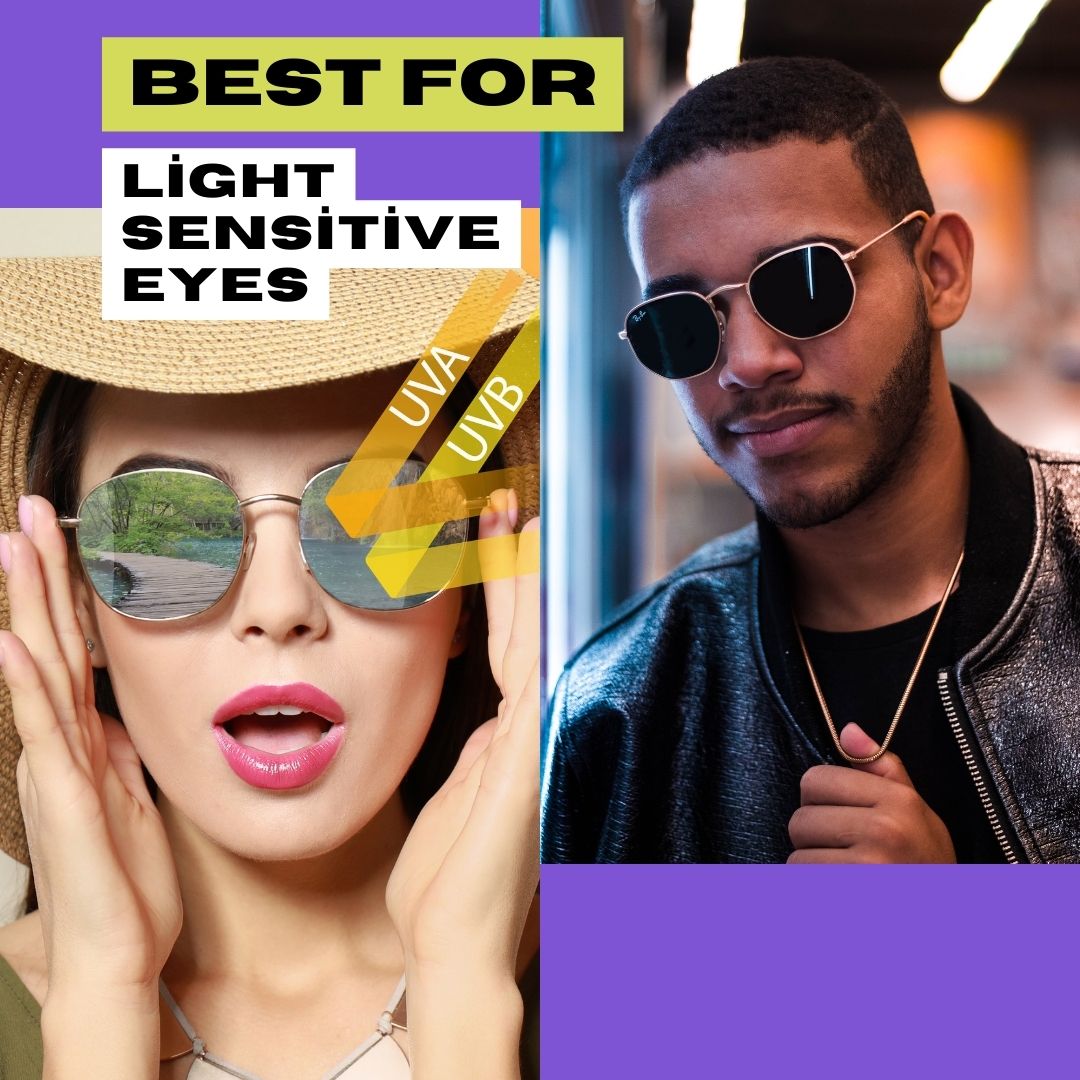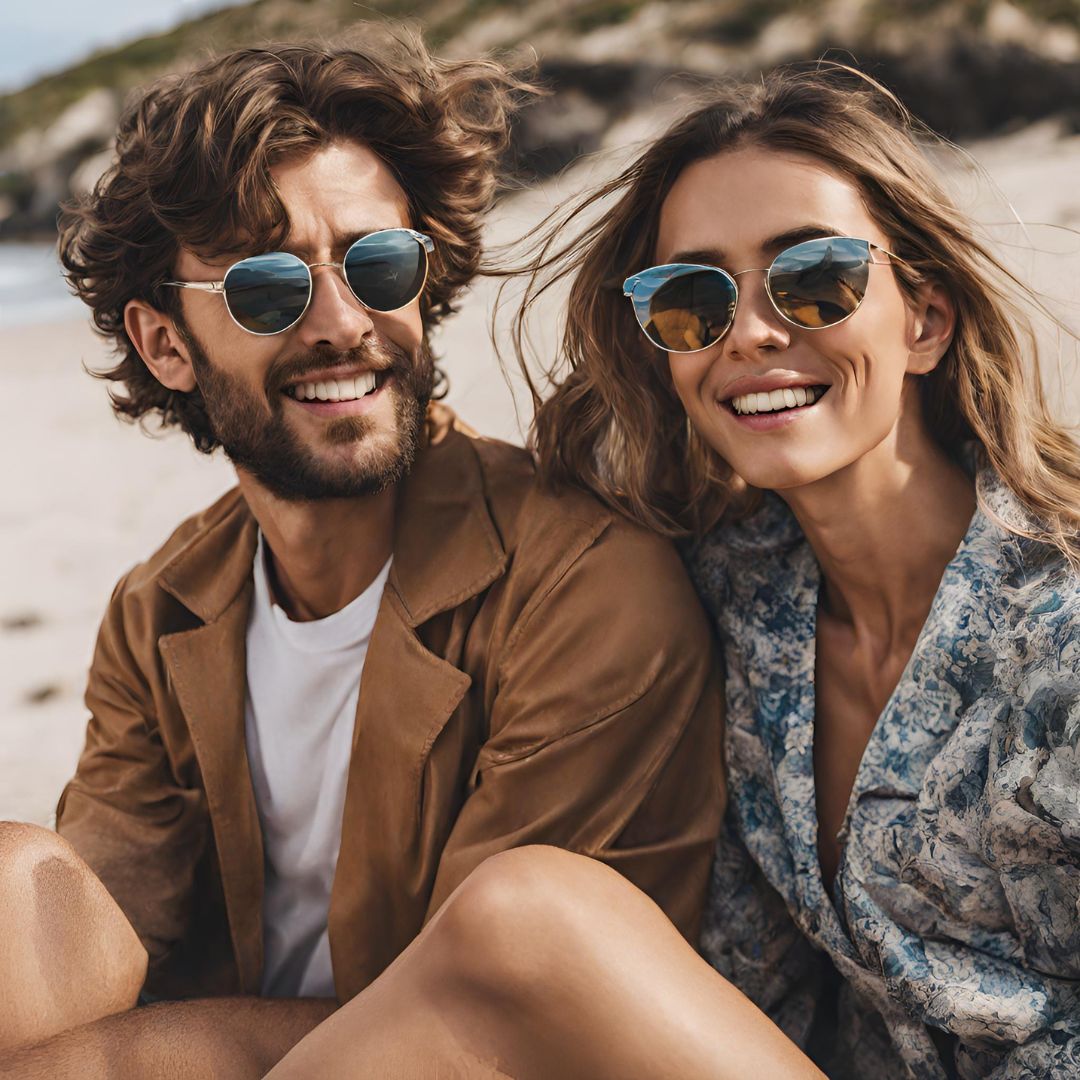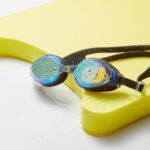What Is The Best Color For Polarized Sunglasses For Fishing
If you have ever worn the wrong color of polarized sunglasses while fishing, you want an answer to the question, “What is the best color for polarized sunglasses for fishing?” The answer to your dilemma is amber, grey or copper lenses.
Amber and copper lenses are top choices for a reason. These colors enhance contrast and depth perception, which is crucial for spotting fish beneath the water’s surface. They perform exceptionally well in varying light conditions, from bright sunny days to overcast mornings.
These lenses filter out blue light, reducing eye strain and making your time on the water more comfortable and productive. But there are different types of fishing and are amber and copper compatible with all types of fishing? Let’s further explore the answer to “What is the best color for polarized sunglasses for fishing.”
What Is The Best Color For Polarized Sunglasses For Fishing
When it comes to choosing the best color for polarized sunglasses for fishing, different types of fishing call for different lens colors to optimize visibility and reduce glare. Since you already have other fishing gear such as waders and wading boots, you need the right sunglasses to spot the fish.
Here’s a breakdown of the best lens colors for low-light fishing, inshore and freshwater fishing, and offshore fishing.
1. Low Light Fishing
|
|
|
|
For low-light fishing, such as early mornings, late evenings, or overcast days, amber, yellow or copper lenses are ideal. These colors enhance contrast and depth perception, making it easier to spot fish and underwater structures in dim lighting.
Amber, yellow and copper lenses are particularly effective in improving visual clarity during low light conditions by filtering out blue light and enhancing the reds and greens in the environment, which makes fish and underwater features more visible.
2. Inshore & Freshwater Fishing
|
|
|
|
Inshore and freshwater fishing benefit greatly from green, rose, brown or copper lenses. Green lenses are excellent for environments with a mix of sunlight and shade, such as rivers, lakes, and coastal waters.
They provide high contrast and are good for spotting fish in the varying light conditions typical of these settings. The experts suggest that green lenses help distinguish fish from the background by enhancing the natural colors and providing better visual acuity in shallow water environments.
Polarized Copper lenses are also a great choice as they enhance contrast and depth perception, making them versatile for a variety of inshore and freshwater fishing conditions.
Also, polarized rose and brown tints work perfectly when it comes to inshore fishing as they easily adapt to different types of lighting conditions, helping anglers to see and track fish underwater.
3. Offshore Fishing
|
|
|
|
For offshore fishing, where the sun is often bright and the water’s surface highly reflective, polarized dark blue or gray lenses are the best options.
Blue lenses are designed to reduce glare from the open water, making them perfect for deep-sea fishing. They also enhance color perception and contrast, helping anglers spot fish more easily in the bright sunlight.
According to Maui Jim, blue lenses are specifically engineered to handle the intense light and glare of open water, providing maximum eye protection and comfort.
Dark gray lenses are another excellent choice for offshore fishing as they offer true color representation and reduce overall brightness without altering the natural colors, which is crucial for spotting fish against the backdrop of the open sea.
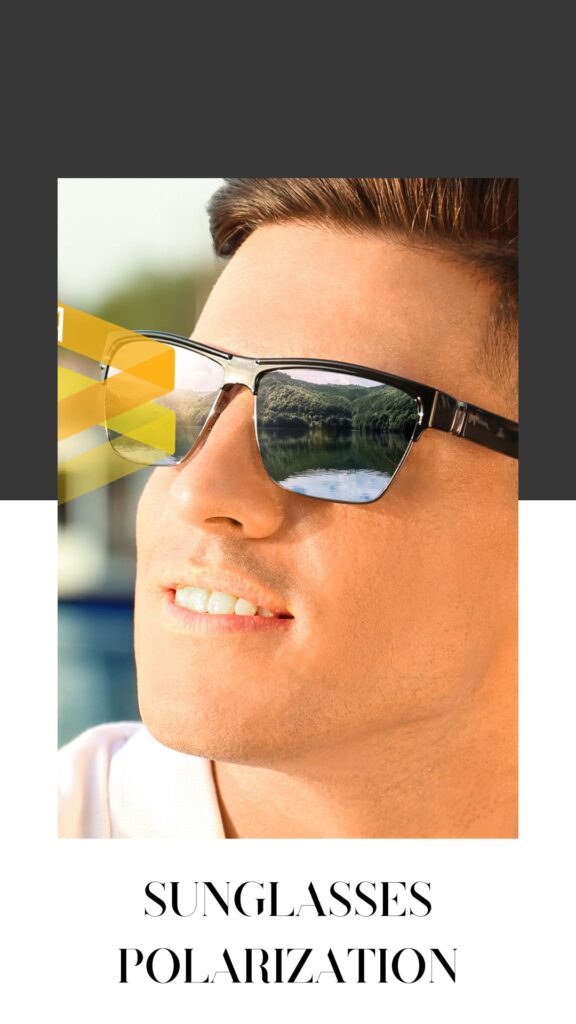
Understanding Polarization in Sunglasses
Polarization refers to the process by which light waves are filtered to reduce glare. Light reflected off surfaces like water becomes polarized, meaning the waves travel in a more uniform direction, creating intense glare that can hinder vision.
Polarized lenses contain a special filter that blocks this intense reflected light, reducing glare and improving clarity and contrast. For anglers, this means they can see beneath the water’s surface more effectively, spotting fish and underwater structures that would otherwise be obscured.
According to the American Optometric Association, polarized lenses are particularly beneficial for outdoor activities like fishing because they enhance visual comfort and reduce eye strain.
RELATED: 10 Best Sunglasses For Beach
Lens Color Basics
Different lens colors provide different benefits based on their ability to filter certain wavelengths of light. Here’s a basic overview:
- Gray Lenses: Neutral and provide true color perception, perfect for bright, sunny conditions. They reduce overall brightness and glare while maintaining natural color balance.
- Brown Lenses: Enhance contrast and depth perception by blocking blue light. Good for variable light conditions, making them versatile for many fishing environments.
- Copper/ Amber Lenses: Similar to amber, they enhance contrast and depth perception, especially in low-light conditions.
- Green Lenses: Provide good contrast and visual sharpness in variable light conditions, making them suitable for both sunny and cloudy days.
- Blue Lenses: Excellent for reducing glare in bright, reflective environments like open water. Ideal for offshore fishing.
- Yellow: Similar to amber, boosts contrast and light transmission, ideal for foggy or overcast conditions.
Water Clarity and Lens Choice
Water clarity can significantly impact the effectiveness of polarized lenses.
In clear water, lenses that enhance contrast, such as amber, copper, or brown, are beneficial as they help distinguish fish and underwater structures.
In murky or stained water, green, amber or yellow lenses can be more effective as they enhance contrast and visibility by filtering out blue light.
In deep water, gray lenses often work best by reducing glare and providing a neutral color perspective.
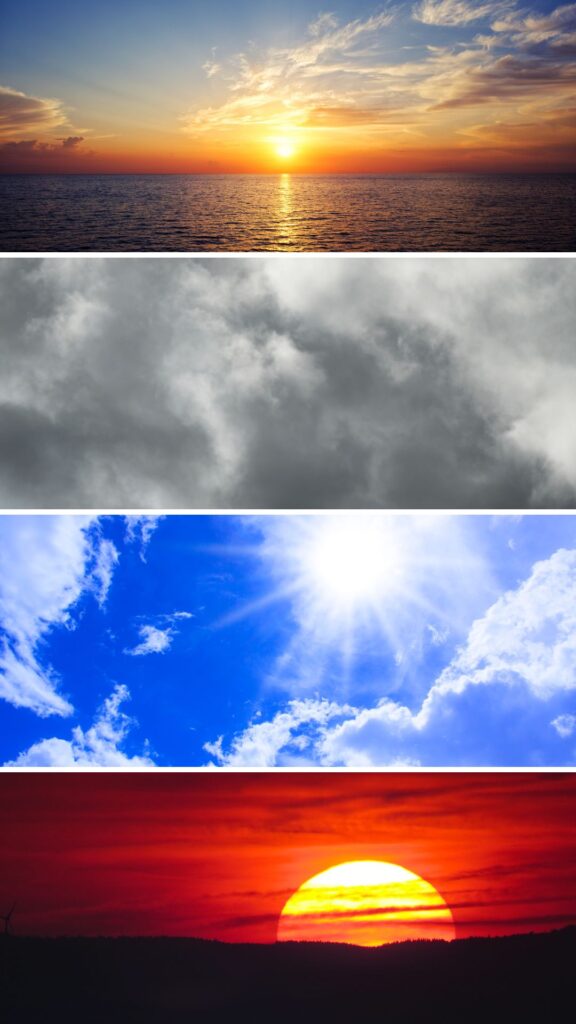
Time of Day and Lens Color – Matching Lens Color to Different Times of Day
The time of the day you are fishing influences the lens color you need and here is how:
- Morning and Evening (Low Light): Amber, copper, or yellow lenses are ideal as they enhance contrast and depth perception in dim lighting conditions.
- Afternoon (Bright Light): Gray or blue lenses are best for reducing glare and maintaining true color perception in bright sunlight.
- Overcast or Cloudy Days: Brown, yellow or amber lenses work well to enhance contrast and depth perception, providing better visibility in diffused light.
Additional Lens Features to Look for in Sunglasses for Fishing
- Mirror Coatings: The coatings reflect additional light, reducing glare and further enhancing visual clarity. They’re particularly useful in extremely bright conditions.
- Photochromic Lenses: These lenses adjust their tint based on the amount of sunlight, becoming darker in bright light and lighter in low light. This adaptability makes them versatile for changing light conditions throughout the day.
- Hydrophobic Coatings: These coatings repel water, making the lenses resistant to smudges and water spots, which is especially useful in fishing environments where water splashes are common.
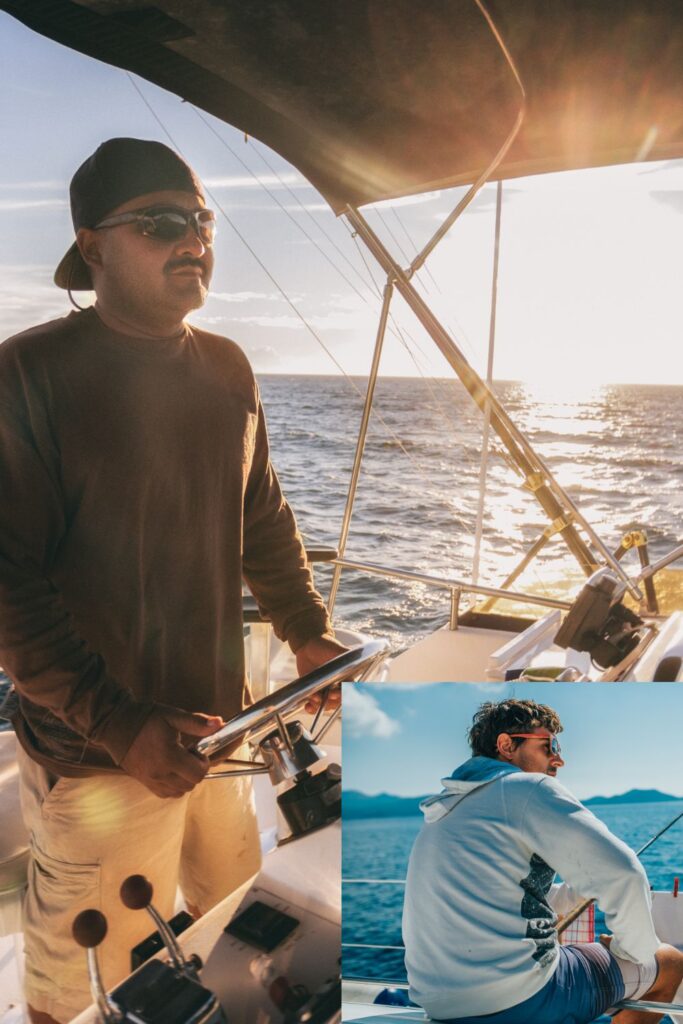
Sunglass Fit and Comfort – Tips on Finding the Right Frame Style and Fit for Fishing
Finding the right frame style and fit is crucial for comfort and effectiveness while fishing as they are essential for long days on the water.
Here are some tips:
- Wraparound Frames: These frames provide better coverage, blocking peripheral light and reducing glare from the sides.
- Adjustable Nose Pads and Temples: Customizable features ensure a snug fit, preventing the sunglasses from slipping during active fishing.
- Lightweight Materials: Frames made from lightweight materials like nylon or polycarbonate reduce pressure on the nose and ears, enhancing comfort for long fishing trips.
- Vented Frames: These help reduce fogging by allowing air circulation, which is especially useful in humid conditions.
- Lens size: Ensure the lenses provide adequate coverage to protect your eyes from harmful UV rays.
READ ALSO: What Shaped Sunglasses For Round Face
The Bottom Line on What Is The Best Color For Polarized Sunglasses For Fishing
So, what is the best color for polarized sunglasses for fishing? Well. It depends on the time you are fishing and the condition of the water. This article has provided you with a comprehensive answer to the question “What is the best color for polarized sunglasses for fishing?” So, you can check out our recommendation and choose the right polarized sunglasses for your fishing activities.












